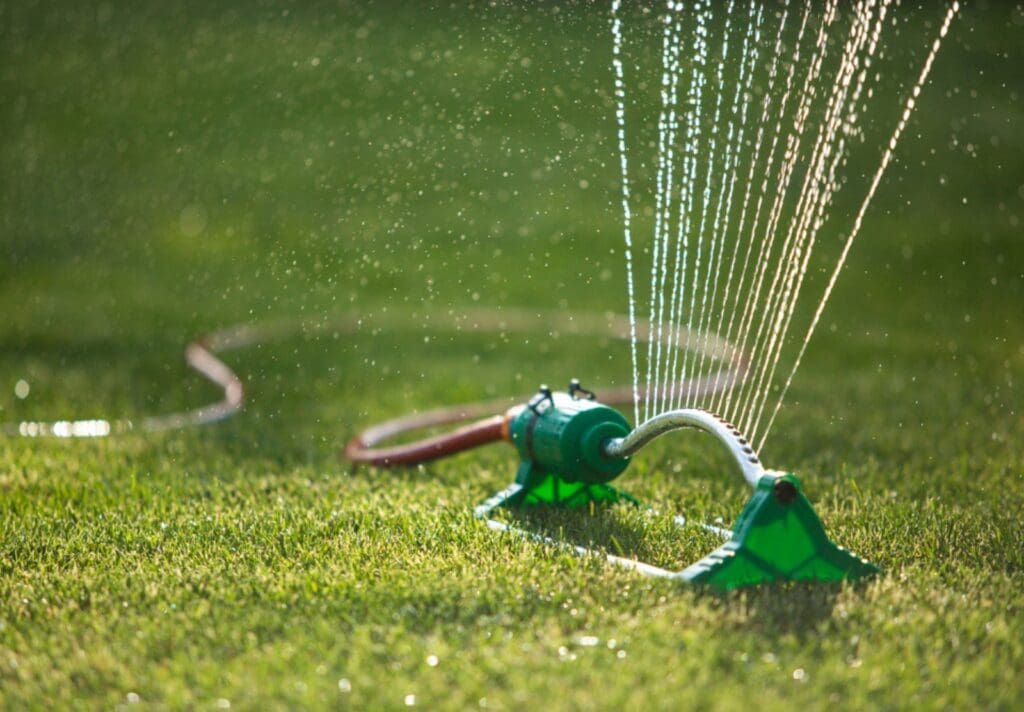After a long winter cooped up indoors, the arrival of spring is the perfect excuse to get outdoors and enjoy time in your yard. But while you do so, it’s worth thinking about weed prevention, so you can get ahead of those pesky weeds. It’s important to understand prevention methods, since even the best-tended lawns come under attack from common weeds.
Proper Lawn Care is the Best Weed Prevention
Get ahead and stay ahead! Proper lawn maintenance is the best way to keep weeds away, since there are three main factors that affect weed growth. These include watering, mowing, and fertilizing. When all three are performed cohesively, your lawn can fight off weeds and prevent further weed germination.
Deep Watering
Watering deeply and infrequently helps your lawn compete with pesky weeds by encouraging deeper root growth. If you don’t water enough, it can cause shallow roots and promote annual bluegrass, crabgrass, chickweed, sedges and other weed seeds to germinate. Light watering can also cause the lawn to suffer while Bermuda grass, quackgrass and other weeds adapt to the drier soil and thrive. Instead, water your lawn with infrequent, deep soakings of about 1 inch of water a week. Pro tip! You can set an empty short can (e.g. tuna can) on the lawn to measure your lawn’s water intake and ensure you have applied 1 inch of water. Check out this blog post for more lawn watering tips.

Set Your Lawn Mower Higher
Mowing at the proper height, usually one of the two highest settings on your mower, helps the grass grow thick to shade weed seeds. By doing so, it’s harder for weed seeds to emerge. If you mow too low, it weakens the turf by reducing the ability of the blade of grass to produce sufficient nutrients and allows sun to hit the soil to promote weed growth.
Proper Feeding
Fertilize enough, but not too much! Too little, and it can lead to a sparse lawn that allows weeds to grow easily. Too much, and it can help nurture the weeds you’re trying to keep away. Feeding your lawn regularly, about every 6-8 weeks during the growing season, helps your lawn thicken up and fill in bare spots, making them less welcoming to weeds.
If after following these steps, you’d like some more help with tackling weeds, then consider Hometurf’s weed control service. Specifically designed to help weed prevention as well as eliminate weeds and restore that crisp, clean appearance to your home’s exterior.
To ensure your lawn becomes and stays weed free, get in contact with Hometurf Lawn Care at 1-888-791-8873. For information about our services, visit our FAQ page and for the best lawn care tips and guides, read our other blog posts!
